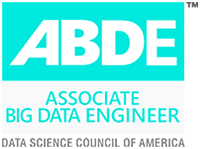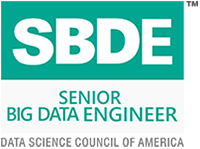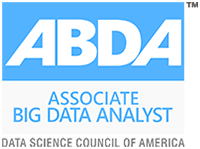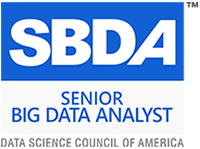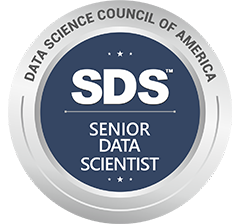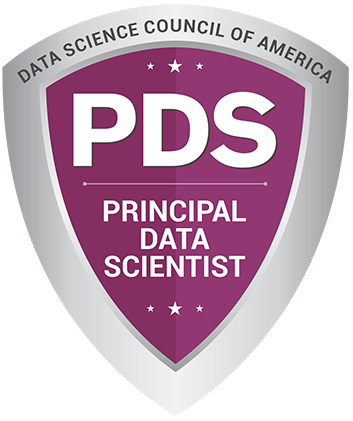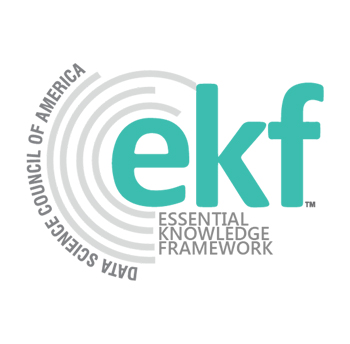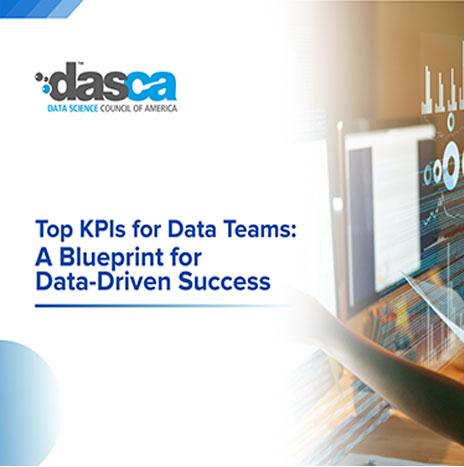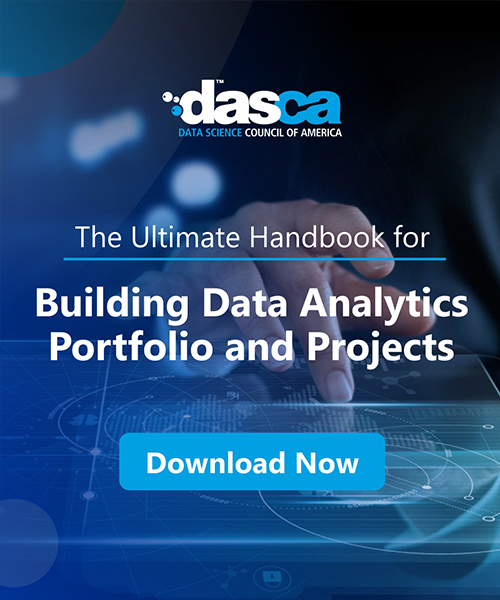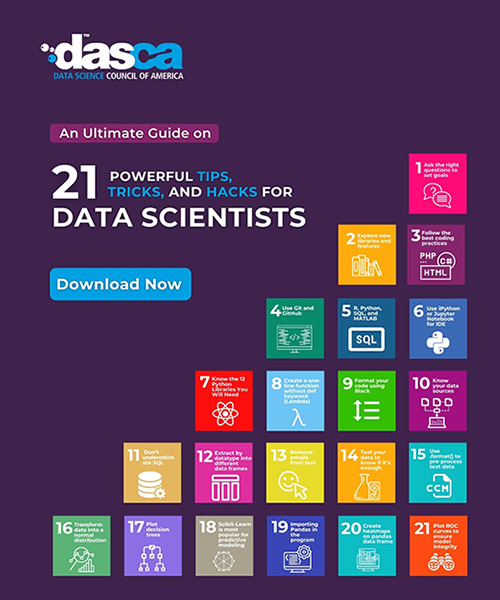
In the rapidly evolving world of data engineering, staying ahead of the curve is essential for success. It's clear that open-source tools will continue to play a crucial role in the data engineer's toolkit. These powerful solutions offer unparalleled flexibility, scalability, and community support, making them invaluable assets for tackling the complex challenges of data engineering.
In this comprehensive guide, we'll explore the top open-source tools every data engineer should know in 2025. From data integration and storage to processing, computation, and beyond, these data engineering tools cover the full spectrum of data engineering needs.
Essential Data Engineering Tools for Seamless Integration, Storage, and Visualization
Let’s explore essential open-source tools that empower data engineers to integrate, store, and visualize data efficiently. From data integration platforms like Apache NiFi to visualization tools like Apache Superset, these solutions help streamline workflows and drive business success
Data Integration Tools
Data integration is a critical component of data engineering, enabling the seamless flow of data from various sources into a unified system. Several open-source tools for data engineers stand out for their robustness and versatility in this domain.
Apache NiFi
Apache NiFi is a powerful, user-friendly data integration tool that allows data engineers to automate the flow of data between systems. With its drag-and-drop interface and extensive library of processors, NiFi makes it easy to build complex data pipelines without writing code. Its key features include:
- Real-time data processing and routing.
- Secure data transfer with encryption and access control.
- Scalability and fault tolerance through clustering.
- Extensive monitoring and provenance tracking.
Airbyte
Airbyte is a rising star in the world of open-source data integration. This tool focuses on simplifying the process of extracting data from various sources and loading it into data warehouses, lakes, and other destinations. Airbyte's strengths include:
- Wide range of connectors for popular data sources and destinations.
- Easy-to-use web interface for configuring and monitoring data pipelines.
- Extensibility through custom connectors and transformations.
- Strong community support and regular updates.
Meltano
Meltano is an open-source data integration and transformation tool that aims to streamline the entire data pipeline lifecycle. With Meltano, data engineers can easily extract, load, and transform data using a single, unified platform. Its notable features include:
- Integration with popular data sources and destinations.
- Plug-and-play transformations for common data cleaning and enrichment tasks.
- Version control and reproducibility through Git integration.
- Orchestration and scheduling capabilities.
Apache Inlong
Apache Inlong is a high-performance data ingestion and distribution system designed for massive data streams. It provides a unified platform for collecting, aggregating, and distributing data in real-time, making it ideal for large-scale data engineering projects. Apache Inlong's key features include:
- Support for various data sources, including logs, databases, and messaging systems.
- Distributed architecture for high throughput and low latency.
- Fault tolerance and exactly-once semantics for data reliability.
- Integration with popular data processing frameworks like Apache Flink and Spark.
Apache SeaTunnel
Apache SeaTunnel (formerly Waterdrop) is a distributed data integration platform that enables data engineers to build complex data pipelines with ease. It supports a wide range of data sources and destinations, and provides a rich set of built-in transformations for data processing. Apache SeaTunnel's strengths include:
- Plug-and-play architecture for easy integration with various systems.
- Support for batch and streaming data processing.
- Scalability and fault tolerance through distributed execution.
- Extensive monitoring and debugging capabilities.
Data Storage Tools
Efficient and reliable data storage is the foundation of any successful data engineering project. Several open-source tools stand out for their performance, scalability, and flexibility in storing and managing large volumes of data.
HDFS
The Hadoop Distributed File System (HDFS) is a classic open-source tool for storing and managing large datasets across clusters of commodity hardware. Despite its age, HDFS remains a popular choice for data engineers due to its robustness and scalability. Its key features include:
- Distributed storage for massive datasets.
- Fault tolerance through data replication and automatic recovery.
- Compatibility with a wide range of data processing frameworks.
- Strong security features, including authentication and access control.
Apache Ozone
Apache Ozone is a scalable, secure, and highly available object store designed to work seamlessly with HDFS. It provides a modern, cloud-native storage solution for data engineers working with massive datasets. Apache Ozone's notable features include:
- Scalability to billions of objects and exabytes of data.
- Compatibility with S3 API for easy integration with existing tools.
- Strong security features, including encryption and access control.
- Efficient data management through transparent data movement and compression.
Ceph
Ceph is a distributed storage system that provides object, block, and file storage in a single unified platform. Its scalability, reliability, and performance make it a popular choice for data engineers working with large-scale data storage needs. Ceph's strengths include:
- Scalability to petabytes of data and beyond.
- Self-healing and self-managing architecture for high availability.
- Support for various storage interfaces, including S3, Swift, and POSIX.
- Efficient data placement and load balancing through intelligent data distribution.
MinIO
MinIO is a high-performance, distributed object storage system that is fully compatible with the Amazon S3 API. Its simplicity, scalability, and ease of use make it a popular choice for data engineers looking for a lightweight, cloud-native storage solution. MinIO's key features include:
- Scalability to hundreds of petabytes and billions of objects.
- High performance through parallelization and optimized data access.
- Compatibility with a wide range of tools and frameworks through S3 API.
- Strong security features, including encryption and access control.
Data Lake Platforms
Data lakes have become an essential component of modern data engineering, providing a centralized repository for storing and processing large volumes of structured and unstructured data.
Apache Hudi
Apache Hudi is an open-source data lake platform that provides incremental data processing and real-time data ingestion capabilities. Its unique approach to data management enables data engineers to build efficient, scalable data lakes with support for updates, deletes, and time travel. Apache Hudi's notable features include:
- Incremental data processing for efficient storage and query performance.
- Real-time data ingestion and streaming support.
- Compatibility with popular data processing engines like Apache Spark and Presto.
- Support for various storage formats, including Parquet and Avro.
Apache Iceberg
Apache Iceberg is an open table format for large, slow-moving tabular data. It provides a high-performance, scalable solution for managing large datasets in data lakes, with support for ACID transactions, schema evolution, and time travel. Apache Iceberg's strengths include:
- Scalability to petabytes of data and millions of files.
- Support for ACID transactions and concurrent writes.
- Schema evolution and compatibility with various data processing engines.
- Efficient data management through partition pruning and data skipping.
Delta Lake
Delta Lake is an open-source storage layer that brings ACID transactions, scalable metadata handling, and unified streaming and batch data processing to data lakes. Its tight integration with Apache Spark and compatibility with existing data lake ecosystems make it a popular choice for data engineers. Delta Lake's key features include:
- ACID transactions for data reliability and consistency.
- Scalable metadata handling through a transaction log.
- Unified streaming and batch data processing.
- Schema enforcement and evolution for data quality and governance.
Paimon
Paimon is a new entrant in the data lake platform space, offering a high-performance, cloud-native solution for managing large-scale data lakes. Its modern architecture and focus on ease of use make it an attractive option for data engineers looking for a streamlined data lake experience. Paimon's notable features include:
- Scalability and performance through a cloud-native architecture.
- Simplified data ingestion and management through a unified API.
- Support for various data formats and processing engines.
- Strong security and data governance features.
Event Processing Tools
Event processing is a critical aspect of data engineering, enabling the real-time analysis and reaction to streaming data.
Apache Kafka
Apache Kafka is a distributed event streaming platform that has become the de facto standard for real-time data ingestion and processing. Its scalability, reliability, and performance make it a top choice for data engineers working with high-volume, real-time data streams. Apache Kafka's key features include:
- Scalability to hundreds of thousands of events per second.
- Fault tolerance and durability through distributed architecture and replication.
- Support for various data sources and sinks through Kafka Connect.
- Powerful stream processing capabilities through Kafka Streams.
Redpanda
Redpanda is a modern, cloud-native event streaming platform that aims to simplify the deployment and management of real-time data pipelines. Its compatibility with the Kafka API and focus on performance and ease of use make it an attractive alternative to traditional event processing tools. Redpanda's strengths include:
- Simplified deployment and management through a cloud-native architecture.
- High performance and low latency through optimized data storage and processing.
- Compatibility with existing Kafka ecosystems and tools.
- Integrated schema registry and data governance features.
Apache Pulsar
Apache Pulsar is a distributed pub-sub messaging system designed for high-performance, real-time event processing. Its unique architecture, which separates data storage and processing, enables greater scalability and flexibility compared to traditional event processing tools. Apache Pulsar's notable features include:
- Scalability to millions of topics and millions of messages per second.
- Tiered storage architecture for efficient data management.
- Native support for multiple data centers and geo-replication.
- Unified messaging model for both streaming and queueing use cases.
Data Processing and Computation Tools
Data processing and computation are at the heart of data engineering, enabling the transformation of raw data into valuable insights and actionable intelligence.
Apache Spark
Apache Spark is a fast and general-purpose cluster computing system for large-scale data processing. Its in-memory computing capabilities and support for various data sources and processing models make it a top choice for data engineers working with big data. Apache Spark's key features include:
- Scalability to petabytes of data and thousands of nodes.
- In-memory computing for high-performance data processing.
- Support for batch, streaming, and interactive data processing.
- Rich ecosystem of libraries for machine learning, graph processing, and more.
Apache Flink
Apache Flink is a distributed stream processing framework that enables real-time data processing at scale. Its unique approach to stateful stream processing and support for event-time semantics make it a powerful tool for data engineers working with complex, real-time data pipelines. Apache Flink's strengths include:
- Low-latency, high-throughput stream processing.
- Support for stateful stream processing and event-time semantics.
- Fault tolerance and exactly-once semantics for data consistency.
- Compatibility with various data sources and sinks.
Vaex
Vaex is a high-performance, out-of-core data processing library for Python that enables the analysis of large datasets on a single machine. Its lazy evaluation approach and support for memory-mapped data storage make it an efficient tool for data engineers working with large, tabular datasets. Vaex's notable features include:
- Lazy evaluation for efficient memory usage and fast computation.
- Support for memory-mapped data storage and out-of-core processing.
- Integrated visualization and plotting capabilities.
- Compatibility with popular data science libraries like NumPy and Pandas.
Ray
Ray is a distributed computing framework that enables the development of scalable, high-performance applications for data processing and machine learning. Its unique approach to task parallelism and support for heterogeneous computing make it a versatile tool for data engineers working with complex, distributed workloads. Ray's key features include:
- Scalability to hundreds of nodes and millions of tasks.
- Support for heterogeneous computing, including CPUs, GPUs, and custom accelerators.
- Flexible API for building distributed applications and services.
- Integration with popular data processing and machine learning libraries.
Dask
Dask is a flexible library for parallel computing in Python that enables the scaling of data science and machine learning workflows to clusters of machines. Its familiar API and support for various data structures make it an accessible tool for data engineers looking to scale their Python workloads. Dask's strengths include:
- Scalability to clusters of machines and large datasets.
- Familiar API that mimics popular data science libraries like NumPy and Pandas.
- Support for various data structures, including arrays, dataframes, and bags.
- Integration with popular data storage and processing systems like HDFS and Spark.
Polars
Polars is a blazingly fast DataFrame library for Rust and Python that enables the efficient processing and analysis of large, tabular datasets. Its unique query optimization and vectorized execution make it a high-performance alternative to traditional DataFrame libraries. Polars' notable features include:
- High-performance query execution through query optimization and vectorization.
- Memory-efficient data representation and processing.
- Familiar DataFrame API for easy adoption by data engineers.
- Support for various data sources and file formats.
Database Tools
Databases are a fundamental component of any data engineering stack, providing the storage and retrieval capabilities necessary for managing and analyzing structured and semi-structured data.
OLTP Databases
Online Transaction Processing (OLTP) databases are designed for handling high volumes of small, frequent transactions, making them ideal for operational data management tasks.
- SQL Databases: SQL databases, such as MySQL and PostgreSQL, are relational database management systems that provide a structured approach to data storage and retrieval. Their ACID compliance and support for complex queries make them a popular choice for data engineers working with structured data.
- NoSQL Databases: NoSQL databases, such as MongoDB (document), Neo4j (graph), and Aerospike (key-value), provide a flexible, scalable approach to data storage and retrieval. Their schema-less design and support for unstructured data make them ideal for handling large, complex datasets.
HTAP Databases
Hybrid Transactional/Analytical Processing (HTAP) databases combine the capabilities of OLTP and OLAP databases, enabling real-time analytics on operational data.
- NewSQL Databases: NewSQL databases, such as StoneDB and TiDB, provide the scalability and flexibility of NoSQL databases with the ACID compliance and consistency of traditional SQL databases. Their unique architecture enables real-time analytics on large-scale operational data.
OLAP Databases
Online Analytical Processing (OLAP) databases are designed for handling complex, ad-hoc queries on large datasets, making them ideal for data warehousing and business intelligence tasks.
- Offline OLAP Databases: Offline OLAP databases, such as Databend (columnar) and TimescaleDB (time-series), provide high-performance query processing on large, static datasets. Their optimized storage and indexing techniques enable fast, efficient analysis of historical data.
- Real-time OLAP Databases: Real-time OLAP databases, such as Druid, Pinot, ClickHouse, and StarRocks, enable low-latency, high-concurrency querying on streaming data. Their unique architecture and query optimization techniques make them ideal for real-time analytics and monitoring use cases.
Vector Databases
Vector databases, such as Chroma, Milvus, Weaviate, FAISS, and Qdrant, are specialized databases designed for storing and searching high-dimensional vectors. Their unique indexing and similarity search capabilities make them ideal for machine learning and recommendation use cases.
Data Visualization Tool
Data visualization is a critical component of data engineering, enabling the communication of complex insights and patterns in a clear, accessible manner.
Apache Superset
Apache Superset is a modern, enterprise-ready business intelligence web application that enables the exploration and visualization of data from various sources. Its rich set of visualizations, interactive dashboards, and SQL editor make it a powerful tool for data engineers and analysts alike. Apache Superset's key features include:
- Support for various data sources, including databases, data lakes, and APIs.
- Rich set of visualizations, including charts, maps, and pivot tables.
- Interactive dashboards with drag-and-drop layout and filtering capabilities.
- Integrated SQL editor for ad-hoc querying and analysis.
Conclusion
These tools offer data engineers the flexibility, scalability, and cost-effectiveness needed to manage and analyze vast amounts of data efficiently. From data integration and storage to processing and visualization, the open-source tools discussed in this guide provide powerful solutions for tackling the challenges of modern data engineering.
By mastering these tools, data engineers can enhance their skills, streamline their workflows, and deliver valuable insights to their organizations. The open-source community also fosters collaboration and innovation, ensuring that these tools remain up-to-date and relevant in a rapidly changing environment.




